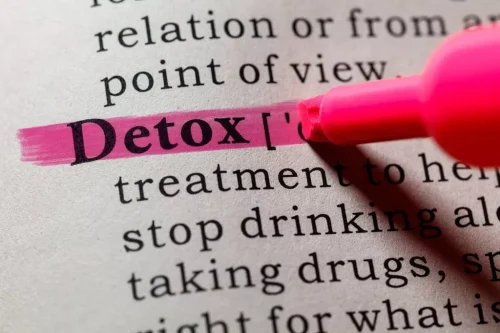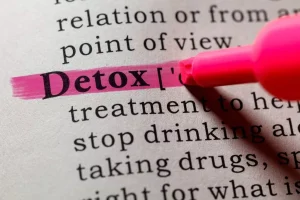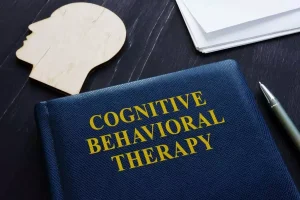
Inpatient rehab provides around-the-clock treatment and counseling as well as a safe place to live. Sober living is non-invasive and generally allows reintegration back into many of the norms of society including attendance at work or school and outings. Yes, sober living homes encourage employment sober house vs rehab and self-sufficiency while maintaining accountability.
Benefits of Drug Rehab Facilities
- You can stay as long as you like, provided you don’t use drugs and alcohol, are not disruptive, and pay your share of house expenses.
- Surprisingly, you might find that it is not so difficult to locate a perfectly suited sober home to function as a rehab alternative.
- Sober living recovery homes are ideal for individuals who have completed rehab and are looking for a bridge to independent living.
- Rehab is highly structured, offering round-the-clock care and therapy sessions.
Rehab focuses on immediate stabilization and treatment, while sober living provides a supportive environment for transitioning back into everyday life. Many people who are exiting a rehab program don’t have a stable, supportive environment at home to return to. The substance-free environment provides a stable, structured place where people in recovery can adapt to living without drugs or alcohol.

What possibilities are there for the future of the sober living home model?

Together, rehab and sober living offer a well-rounded approach to recovery that’s both supportive and empowering. The cost of a sober living home varies depending on factors like location, staff support, and amenities. Prices typically range from $500 to $2,000 per month, with some homes offering single rooms at higher rates. Sober living homes focus on creating a stable, supportive environment to help individuals sustain sobriety. This setup provides the perfect balance of freedom and structure, allowing residents to rebuild their lives while staying connected to a supportive network. I believe that it would not be too difficult to screen these facilities to see which ones are open to the possibility of working with a team to provide an alternative to residential rehab, and which ones are not.
Sober Living vs. Rehabilitation: Key Differences
Sober living is designed for people who have already attended addiction treatment. Because of this, they offer less supervision than rehab programs, which allows you to learn how to make healthy choices on your own. When you are in a sober living program, you can choose where you spend your free time rather than having scheduled activities like you would in a rehab Substance abuse center.
A Higher Focus on Relapse Prevention

Rehabilitation programs can vary in their intensity and duration, ranging from short-term inpatient or outpatient treatment to longer-term residential programs. The goal of rehabilitation is to provide a holistic approach to recovery, addressing the root causes of addiction, developing coping mechanisms, and equipping individuals with the tools they need to maintain sobriety. Addiction treatment facilities (rehabs) offer programs that address all aspects of addiction.
Likewise, in the past, sober living homes were not known to be Suboxone friendly. Unfortunately, clients were turned away from sober living homes if they were currently taking Suboxone as prescribed by their addiction treatment doctor. An important consideration that should not be overlooked is the possibility of checking into a sober living facility. For some people, a sober living environment, such as a sober home, may even serve as a rehab alternative. Some people may choose to go directly to support meetings as a solution to help them quit substance use. Support meetings, such as Alcoholics Anonymous, narcotics anonymous, smart recovery, or celebrate recovery, are very effective.
Rehab Aftercare Options: Steps Beyond Detox and Trea…
- Rehab centers are meant to treat addiction, while sober living programs are designed to help you maintain sobriety after you have already achieved it.
- Outpatient rehab typically costs between $2,000 and $10,000, while inpatient programs can range from $6,000 to $30,000 for a 30-day stay.
- Sober living programs are meant to help you avoid relapse during early recovery.
- They may choose to go to a private doctor for Suboxone treatment, if they have an opioid addiction issue.
- The state operated houses may also be referred to as Transitional Centers, Community Recovery Centers, or Reentry Centers.
While sober living recovery homes are less restrictive than rehab, they still promote accountability and growth through shared responsibilities, curfews, and mandatory recovery activities. This balance allows residents to rebuild their lives at a steady, manageable pace. This includes medical detox to manage withdrawal symptoms, one-on-one counseling, group therapy, and often treatment for co-occurring mental health conditions. With this comprehensive approach, rehab aims to lay a strong foundation for lasting sobriety.
Oxford House – Tarpon Point
- It is imperative to remember that addiction is a chronic disease with a 40-60% relapse rate, just like physical chronic diseases such as asthma, and continuing support and therapy are vital.
- The differences between sober living vs. rehab are fundamental, but more importantly, the similarities are the needed glue for continuing sobriety and a successful foundational recovery period.
- Sober living is often more affordable, but it is usually not covered by insurance because it is considered transitional housing rather than medical treatment.
- Yes, but it is generally recommended to complete rehab first to establish a strong foundation for sobriety.
- In many cases, people following The Sinclair Method would have no need for a sober living home.
At the Santa Barbara Recovery, our caring medical professionals and a home-like environment help make your experience comfortable and safe. Despite having larger incidents of substance abuse than other age groups, college… Often, folks who have completed a sobriety treatment and transitioned into a sober home…

Sober Living
Therapists work with fragile clients to form a sense of safety and help the individual understand how addiction has dominated and damaged their lives. Individuals in rehab participate in learning healthy lifestyle habits, as well as individual, group, and family therapy. Sober living homes also referred to as a halfway house, are beneficial after drug rehab. In essence, sober living communities help people in recovery transition back into the real world from an inpatient facility.



